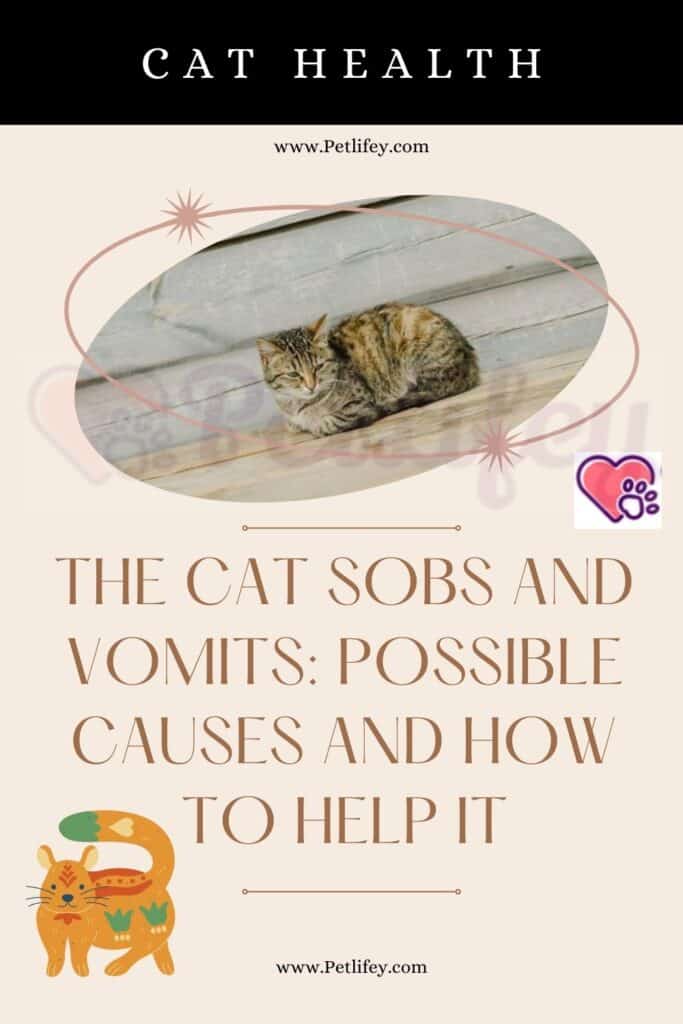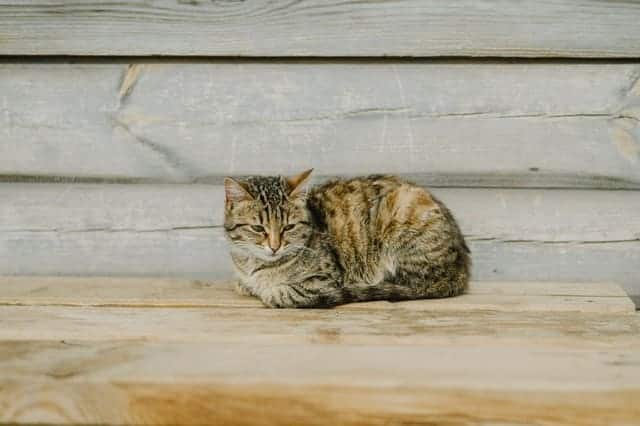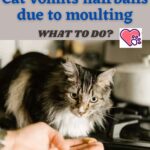
If the cat sobs first and then vomits or coughs, the causes could also be quite serious: let’s see what they are and how to help him feel good.
Fortunately, hiccups seem to be a very rare disorder in felines, however sometimes it can happen and be followed by an episode of vomiting. It is therefore advisable to evaluate all the possible causes of this disorder and understand how often it occurs. So let’s see what are the general causes that can cause hiccups with rejection in the cat and how to help a cat that is sobbing and vomiting.
Hiccups in cats: a rare and annoying event
Like humans, our beloved felines can also have this abdomen contraction. The resulting jerking movements are usually the result of muscle spasms that last relatively shortly (a few minutes) and then pass by themselves. However, hiccups in cats can become chronic and be the direct consequence of:
- excessive voracity in eating the meal,
- hairballs in the stomach,
- depression and other psychological factors.
It is always better to investigate the causes with the help of a veterinarian, also to exclude the possibility that the event becomes quite frequent and could lead to episodes of vomiting.
The cat sobs and vomits: possible causes
If our cat has eaten a lot and too quickly he could have hiccups but, since the food cannot be absorbed due to vomiting, it is therefore possible that at the base there is a problem with the gastro-intestinal system, such as those listed below.
Phlogosis in the cat
It is an inflammation, which translates as the reaction of our body to a stimulus that causes damage such as an allergy in the cat. In this way our body tries to expel this harmful element, but by inflaming the cellular tissue.
Hiatal hernia
Through a chest X-ray, the vet could arrive at the diagnosis of hiatal hernia or gastroesophageal reflux in cats, unfortunately also frequent in cats. It can be of two types, congenital or acquired: in the first form it is a malformation of the esophageal hiatus, while in the second type it is a consequence of endoabdominal pressure.
Other causes can be feline dyskinesia, which is a group of motor disorders and involuntary behaviours of the animal.
The cat sobs and vomits: what to do

In reality, we masters can do very little on our own: we need an experienced veterinarian who knows how to investigate one of the causes that we have listed above. Usually the expert proceeds with specific tests, such as x-rays, to have a diagnosis through images.
Later you can opt for a gastroscopy of the cat : it is an endoscopic examination that takes place after sedation, precisely to keep the animal still and calm. This minimally invasive technique not only visualizes the possible presence of lesions in the esophagus, stomach, and duodenum. It is also not only a diagnostic operation but also the removal of foreign bodies.
Let us feel close to the cat and never leave him, as far as possible, alone in those moments because we can reassure him even with our presence alone.






